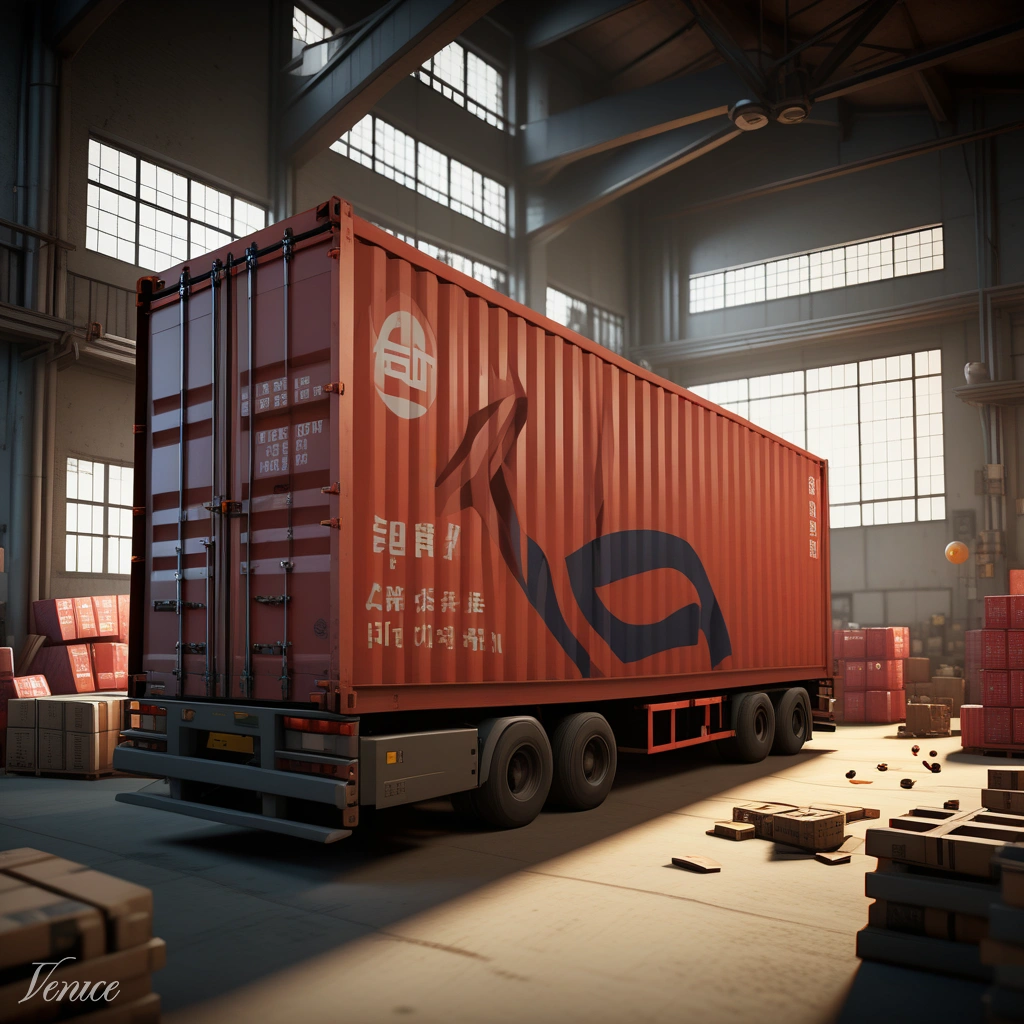The Gathering Storm in International Trade
Tensions between economic superpowers are escalating once again, casting long shadows over the arteries of global commerce. Recent spikes in tariffs between major economies signal a return to protectionist policies that haven’t been seen at this scale since the 2018 trade wars. For businesses relying on international networks, these developments introduce fresh turmoil in already fragile supply chains still recovering from pandemic disruptions. As trade relations fray, the unpredictability shifts from temporary disruption to structural vulnerability.
Supply chain professionals report delayed shipments, escalating costs, and shrinking profit margins across sectors. The ripple effects extend beyond multinational corporations to small manufacturers dependent on imported materials. According to a WTO report, global trade tensions could reduce GDP growth by as much as 1.4% in affected nations this year. With no immediate resolution in sight, businesses face difficult strategic choices that could reshape global manufacturing patterns for decades.
Critical Choke Points Emerging
Semiconductors: The Frontline
The technology sector faces unprecedented instability as semiconductor supply chains become political bargaining chips. Recent U.S.-China restrictions have disrupted production for automakers across Europe and North America. Manufacturers are scrambling to secure alternative sources for over 40 categories of essential chips. Major automotive factories from Germany to Tennessee have temporarily halted operations despite strong customer demand.
- – South Korean chip inventories dropping to 85 days from 120 days pre-conflict
– 45% of chip packaging facilities concentrated in politically sensitive regions
– 30+ billion in pledged investments for new U.S. fabrication plants
Agriculture and Food Networks
Food security concerns mount as grain shipments face logistic paralysis. Russian-Ukrainian tensions continue disturbing Black Sea routes, while crop protection chemical shortages (primarily sourced from China) threaten harvest yields in Latin America. Supermarkets report suppliers instituting allocation limits previously unseen outside pandemic peaks.
The FAO food price index has climbed 12% since January, with grain reserves declining worldwide. Developing nations like Egypt and Pakistan face bread shortages as import costs become prohibitive. These essential supply chains show disturbing cracks that could exacerbate food inflation globally.
Manufacturing Exodus Accelerates
Companies previously committed to China are accelerating relocation plans, a strategy termed “China Plus One Diversification.” Vietnam, Mexico, and India emerge as primary beneficiaries of redirected manufacturing capacity. Apple announced plans to shift 25% of iPhone production to India by 2025, and electronics manufacturers move hundreds of millions of dollars worth of contracts out of Shenzhen monthly.
- – Mexican industrial hubs near US border report 40% increase in facility permits
– Vietnam’s industrial land prices increased 15% yearly since 2022
– Thailand’s EV battery manufacturing capacity triples in 24 months
This industrial migration creates imbalances in logistics infrastructure strain. Ports gain traffic unexpectedly while supporting utilities lag development. Near-sourcing initiatives address political risks but introduce geographic constraints limiting diversified sourcing channels.
Strategic Responses Taking Shape
Inventory Buffering – The New Normal
Companies abandon just-in-time principles adopted over decades as higher stock becomes popular. Automotive companies maintain 120-day inventories instead of 20-day supplies. Medical device manufacturers double essential components warehouses. Although increasing working capital requirements 30-50%, CFOs justify this as an insurance cost when supply chains twist unpredictably.
Inventory software providers witness surging demand with platforms facilitating multi-echelon stock analytics. Leaders like Generac implementing predictive buffer zones reduce stockouts 67% during tariff spikes demonstrating the approach’s tangible value.
Supply Chain Transparency Technologies
Visibility uncertainty drives innovations allowing unprecedented upstream monitoring. Blockchain pilots track minerals provenance ensuring compliance with localization mandates while IoT devices provide transport monitoring maintaining custody control during rerouting.
- – Samsung reduced component verification time 90% with blockchain
– Volvo implemented smart containers reducing theft losses 76%
– Machine learning predicts Customs clearance delays with 89% accuracy
Supply chain professionals signal over half their technology investments target disruption resilience. The unpredictable trade environment forces rethinking foundational architecture principles guiding logistic networks.
Emerging Geographic Winners
Global shifts create opportunities for resilient regions attracting displaced activities:
- – Mexico: Automotive and aerospace benefit from $4.2 billion Q1 FDI inflows
– Vietnam: Electronics hubs in Hanoi corridor accelerating infrastructure developments
– Poland– India: Revised PLI schemes expanding chemical and tech supply chains nationally
The great supply chain reimagining redistributes economic benefits previously concentrated solely around Southeastern Chinese industrial complexes. However, this diversification strains global vessel repositioning creating container imbalances and driving shipping rates upward 60% since January.
Navigating The New Reality
Forward-looking businesses proactively develop comprehensive futureproofing roadmaps irrespective of geopolitical resolutions. Leading experts recommend multifaceted strategies:
- – Diversify Suppliers: Establish dual sourcing arrangements across geopolitical blocs
– Regionalize Operations: Near-shore critical supply channels even at cost premiums
– Digitize Vigilantly: Implement robust end-to-end visibility platforms
– Negotiate Creatively: Install tariff-adjustment clauses in vendor agreements
– Engage Governments: Support groups like US-China Business Council shaping reasoned policy
The CEOs rethinking supply chains not merely as logistics networks but intricate risk management landscapes gain competitive advantages. Companies previously impacted painfully now develop supplier certification programs mitigating dependency dangers. Proactive contingency planning separates winners during turmoil phases with escalating tensions.
Tomorrow’s resilient global supply chains demand radical transparency, exceptional flexibility and thoughtful redundancy investments. Corporations adopting these principles position themselves for stability amidst uncertainty, reducing reaction times when trade tremors hit anew. Wisdom dictates preparing corridors for rerouting goods well before political storms reach hurricane intensity – immediate risk assessments with dedicated mitigation resources become essential survival investments in the new trade reality.



